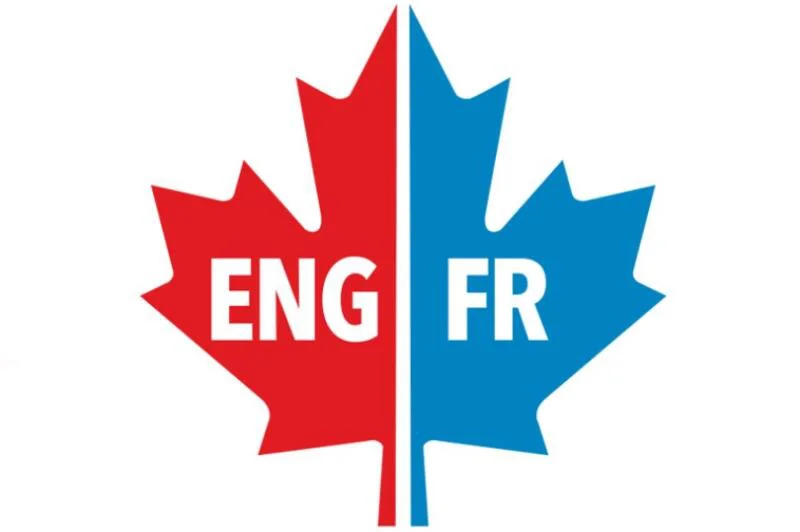CLB, which stands for Canadian Language Benchmark, is the measure utilized by Immigration, Refugees, and Citizenship Canada (IRCC) to assess the English skills of immigrants and candidates. It translates various exam scores from IELTS, PTE, and CELPIP into a general scale, ensuring consistency.
The Canadian Language Benchmark, with its four primary language skills evaluation, empowers candidates to understand their language proficiency and determine if they meet the language requirements for Canadian immigration. This knowledge puts you in control of your immigration journey.
Table of Contents
Why The Canadian Language Benchmark Is Crucial For Canadian Immigration
The Canadian Language Benchmark is essential for immigration to Canada because of its two formal languages: English and French. Below is the reason CLB is needed:
- Standardized Scoring: The Canadian Language Benchmark ensures consistency in assessment across various endorsed exams. ‘Endorsement’ here refers to the recognition and credibility of these exams by the IRCC. The CLB uses 12 fundamentals to develop skills examples to convert these exam scores into Canadian Language Benchmark levels for uniform comparison.
- Effects CRS Points: In the Express Entry program, increased CLB levels are interpreted as more Comprehensive Ranking Systems (CRS) points, affecting qualification and competitiveness for permanent residence.
- Least Score Prerequisites: Requests are run only if they satisfy the minimum CLB scores needed by specific programs, including CLB level 7 for the Federal Skilled Worker Program.
- Double Language Exams: Skills in both English and French can help you achieve extra CRS points. The Canadian Language Benchmark standard also applies to the NCLC points for French exams. ‘Bilingual candidates’ are those who have demonstrated proficiency in both English and French. Being a bilingual candidate can be advantageous in the immigration process, as it can increase your CRS points and enhance your competitiveness for permanent residence in Canada.
How The CLB Score Is Estimated
The Canadian Language Benchmark, a 12-point scale estimating English as a second language skill, was first launched in 1996 and is governed by the Center for Canadian Language Benchmarks. Understanding this process helps you grasp how your language skills are evaluated and where you stand on the CLB scale.
Phase 1: Basic Proficiency carried 1 to 4 points
Phase 2: Intermediate Proficiency carries 5 to 8 points
Phase 3: Advanced Proficiency carries 9 to 12 points
CLB Score Narrations
The narrations below drive into the language capacities portrayed by the 12 Canadian Language Benchmarks about speaking, reading, writing, and listening:
If you enjoy this article, don't miss out on the valuable insights and information available in our other related posts:
| CLB Stage | Speaking | Reading | Writing | Listening |
| Stage 1 | Battkes with fundamental phrases; depends on gestures | Identifies letters, few words, and numbers; depends on visuals | Writes numbers and letters, known words and phrases with mistakes | Know a few simple phrases and words with repetition and gestures |
| Stage 2 | Short words, requires assistance, slow speech | Discovers keywords requires visuals and a dictionary | Communicates basic information, restricted vocabulary | Know simple words and phrases with visual hints |
| Stage 3 | Fundamental sentences concerning needs; visual prompts | Know short texts on familiar subjects; requires visuals | Simple sentences concerning personal experiences, often mistakes | Knows keywords and short sentences, requires repetition and visuals |
| Stage 4 | Communicates fundamental information; battles with grammar | Knows short texts, makes use of dictionary and visuals | Simple, short texts on familiar topics; basic grammar | Knows simple communication assistance by visuals and contextual hints |
| Stage 5 | Retains small crew discussions; daily vocabulary | Knows predictable texts, requires a periodic dictionary | Easy to moderately difficult texts on familiar subjects | Knows moderately difficult communication; transparent on familiar subjects |
| Stage 6 | Interacts in formal texts, some fluency | Knows moderately difficult texts, requires some visuals | Proper paragraphs with some mistakes, generating formality | Knows moderately difficult conversation; clearer speech |
| Stage 7 | Adjust styles to the audience, assured in routine conditions | Knows primary ideas implied definitions in texts | Develop coherent paragraphs with major ideas and assistance | Knows difficult conversations, battles with fast speech |
| Stage 8 | Fluent in unfamiliar teams, minor grammar conditions | Recognizes mood, merges information from texts | Clear, moderately difficult texts on different subjects | Knows difficult communication, retains longer discussions |
| Stage 9 | Assured in difficult and abstract subjects; smooth control | Knows developed texts; translates nuances | Writes prose on abstract subjects, a good range of language | Knows explicit interaction, some complexity with nuances |
| Stage 10 | Fluent in requesting contexts, different vocabulary | Translates author’s intent mood in difficult texts | Build difficult texts for different intentions, minor mistakes | Knows explicit communication, makes use of difficult grammar |
| Stage 11 | Interacts in difficult, non-routine conditions | Knows thick, difficult texts, translates subtleties | Composes difficult texts, synthesizes comprehensive information | Knows explicit communication on abstract and technical subjects |
| Stage 12 | Outstanding control; provides difficult topics | Knows unfamiliar, difficult texts; translates idioms | Compose polished texts suitable for publication | Profound knowledge translates all language nuances |
CLB To CEFR Level
The Canadian Language Benchmark evaluates the English skills of Canadian settlers. In contrast, the Common European Framework of Reference for Languages is a foreign standard for explaining language capacity. Conversion between CLB and CEFR levels helps people know how their language proficiencies match across various evaluation systems.
| CLB Level | CEFR Level |
| – | A1 (starter) |
| 4 | A2 (Elementary) |
| 5 | B1 (Intermediate) |
| 6-7 | B2 (Upper-Intermediate) |
| 8-9 | C1 (Advanced) |
| 10-12 | C2 (Proficiency) |





